You Should Not Forget about Curry When Eating Japanese Food
Visitors to Japan may be expecting a range of food choices such as sushi, sashimi, and tempura. Less well known on a Japanese menu, however, is curry which is often associated with other countries in Asia like India or Malaysia. That said, curry (called kare in Japanese) is a firm favorite on the food scene here and has been adapted over the years to suit local tastes. Kare is eaten both at home and in a wide range of eateries and if you travel to Japan then this is one delicious dish that you definitely need to try.
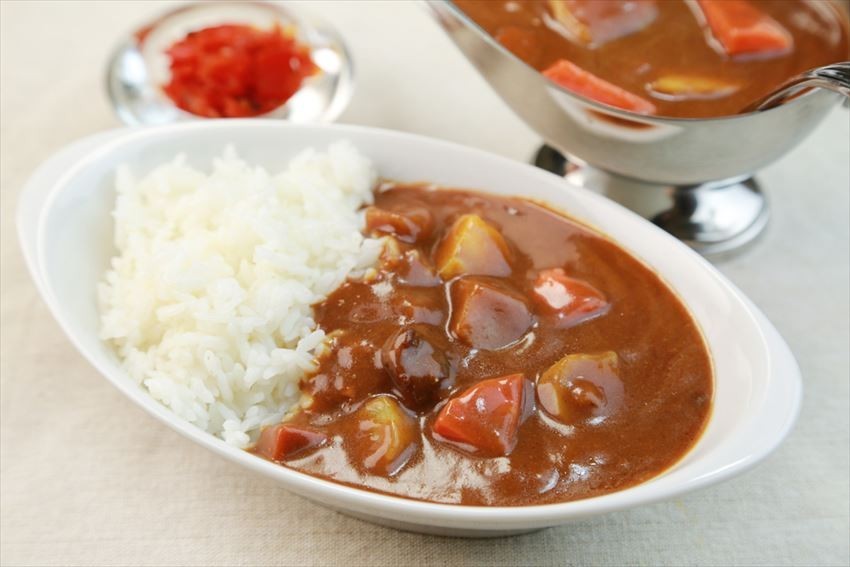
History and Types of Curry
A History of Curry: Curry originated in India and during the colonial period Europeans developed a taste for this moreish and spicy dish. The ingredients needed however seemed unnecessarily complicated for the average cook, and so they developed curry powder to mimic several different spices without the need to add each one individually. When Europeans travelled to Japan this curry powder reached Japanese shores and it is said that this dates back to the Meiji Period between 1868-1912. With the advent of this curry powder, Japanese chefs and home cooks tweaked the recipe and made it their own.
Types of Curry: In recent years, thanks to the curry roux available in many countries, Japanese curry has gained popularity in many countries. However, little is it known that Japanese curry has evolved from that gravy-ish sauce many associate it with. In fact, many Japanese chefs have adopted recipes from South East Asia, making the definition of Japanese curry more diverse. Here’s a list of the main types of Japanese curry currently proving popular all over the nation.
Soup Curry: Originally from Hokkaido
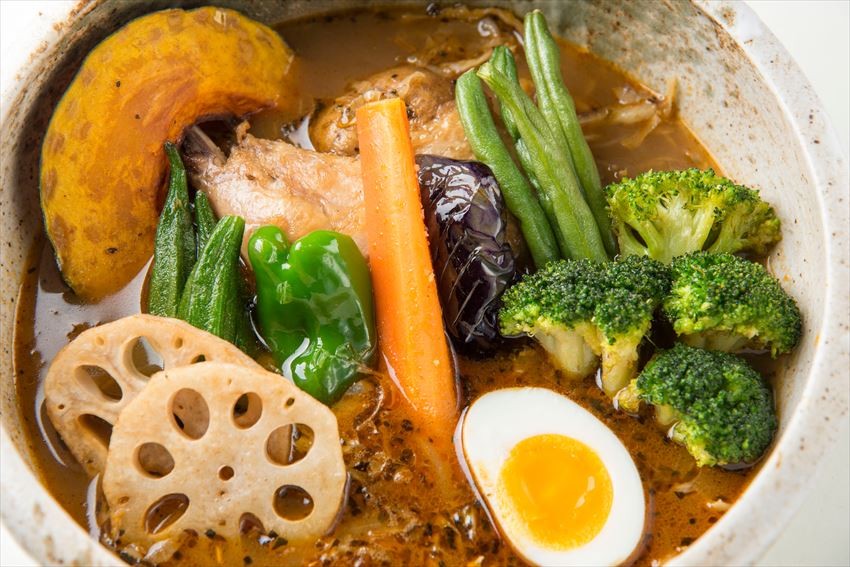
Believed to have been invented in Hokkaido, the soup curry became a huge hit in the early 2000s. As you could tell from its name, its soupy texture was a revolutionary introduction to the Japanese curry scene, and since then, we’ve seen hundreds of soup curry restaurants being established everywhere.
Unlike the orthodox Japanese curry where the sauce is served on the rice, soup curry is served in a different bowl where you could either enjoy the soup and rice separately (also known as the “miso soup and rice style”), dipping a spoon of rice into the soup, or simply dunking the whole plate of rice into the soup bowl. Either way, you’d realized that the difference is not only in the texture of it.
If the orthodox Japanese curry were a gravy of vegetables, the soup curry is more like a soup stock of rich chicken flavor, somewhat similar to that of a ramen soup. And yes, there is no way the Japanese would get their soups wrong. There are a variety of instant soup curries available at airports, souvenir stores, and even convenience stores, so if you’re looking for a yummy gift to bring back to your friends and family, be sure to check them out.
Kanazawa Curry: Tastes Good with Fried Chicken Topping
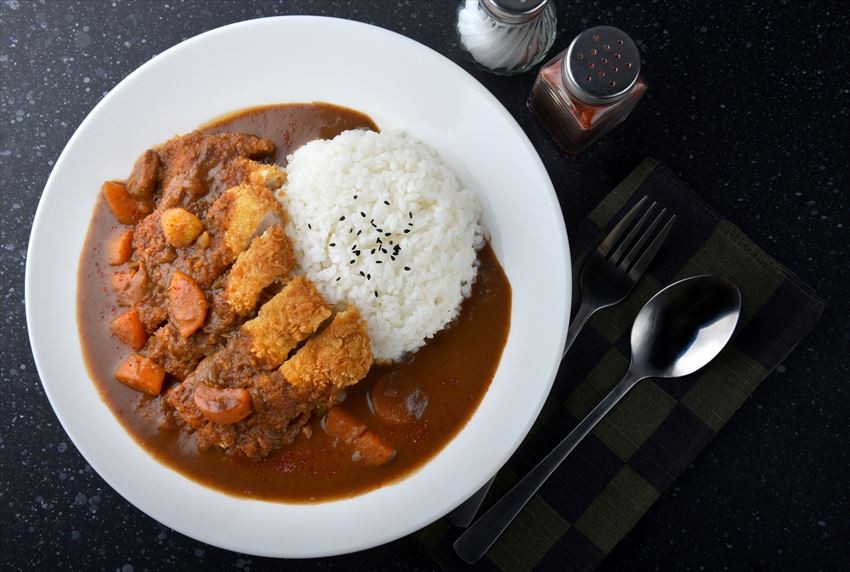
Coming from the northern city of Kanazawa, the Kanazawa curry is characterized by its thick gravy-like sauce and sliced cabbage. Unlike other curries, the Kanazawa curry does not have any ingredients in the sauce, but it is rather topped on the rice. The thick sauce mainly constitutes of caramelized onions, giving it a natural sweetness and thickness that compliments the rice perfectly. The sliced cabbage also does a great job as a refresher when the sauce and rice gets a bit too heavy on your pallets.
The Kanazawa curry is especially popular amongst the younger generation who want a huge meal to keep them energetic. That is why many Kanazawa curry restaurants serve in huge portions, but they do have smaller sizes as well for women and kids to enjoy.
Some of the more famous Kanazawa curry restaurants sell their sauce for souvenirs, however, if you are going to make it at home, be sure to top the rice with fried chicken or pork, for it is the staple of Kanazawa curry. It goes perfectly with the rice and sauce, giving you a whole new perspective to the depth of Japanese curry culture.
Dry Curry: The Dried Out Keema Curry
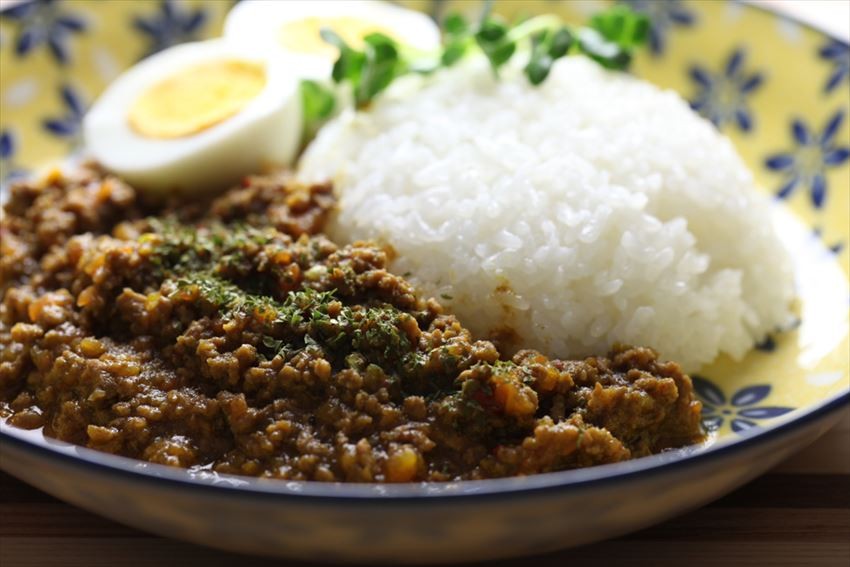
Many of you probably know the keema curry, ground meat curry from India which is enjoyed in many other countries as well. However, the Japanese have a slightly different approach to this worldly renowned curry recipe, that is the dry curry.
As the name points out, the dry curry is a type of curry where the sauce has “dried out” and has become more of a paste-like texture. Its origins go all the way back to the early 20th century were chefs adopted an Indian style keema curry and evolved it to suit the Japanese customers.
Despite its long history, dry curry has never become a massive hit in the nation, however, it has remained an important part of the Japanese curry culture over the century. Due to its simplistic form, you do not see much of a variation in the dry curry industry, but just like most things Japanese, the chefs have mastered the art of this soupless variant by experimenting with spices and vegetables to add on to this soul food.
Curry Don: Can be Found in Almost Every Soba Restaurant
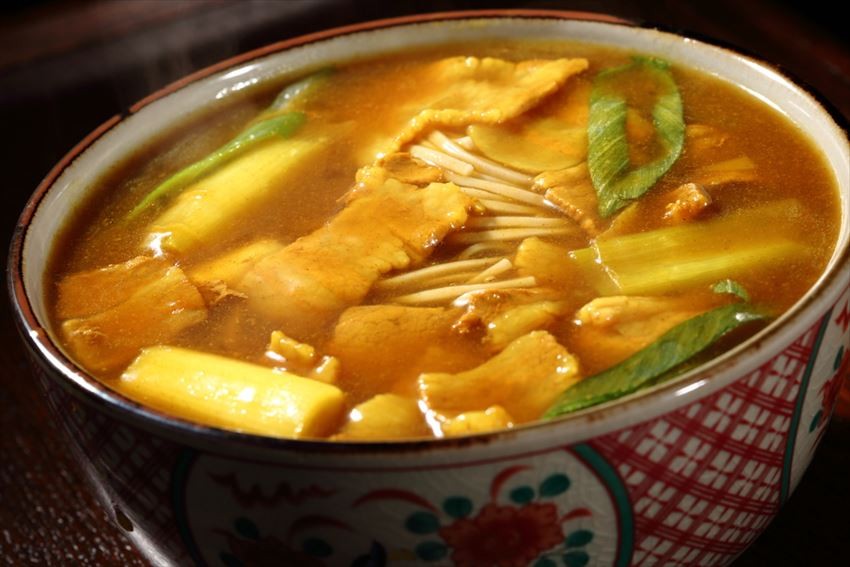
Now here’s a trickster. Curry has become so important in the Japanese cuisine that even the most “Japanese restaurants”, soba restaurants serve their own interpretation of curry rice, the curry don. Although there are no restaurants dedicated to the curry don, almost all soba restaurants have their own curry recipe that is unlike any other.
The biggest characteristic of the curry don is the fact that they use the very soup they use for soba soups in this type of curry. The result is a spicy, but very homey Japanese plate that bring a hint of soba soup to the bowl.
Here’s a quick takeaway. If you want to make a curry don at home, try pouring a soba soup to your curry, and instantly, you have a curry don you could enjoy in many Japanese soba restaurants.
Feeling hungry? Want to try all these Japanese curries? Book your flight to Japan and feel the heat!
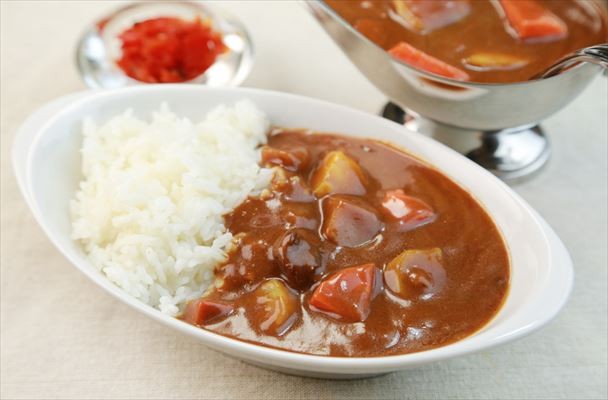
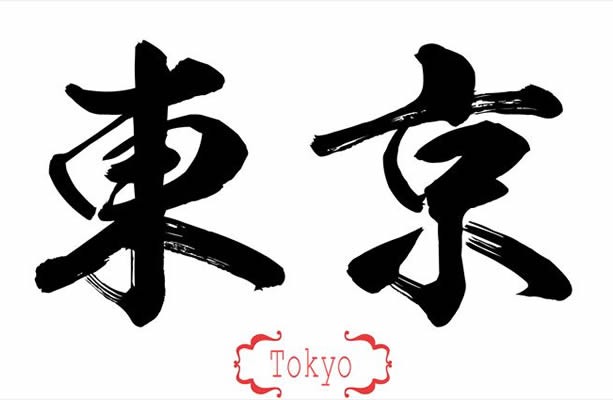



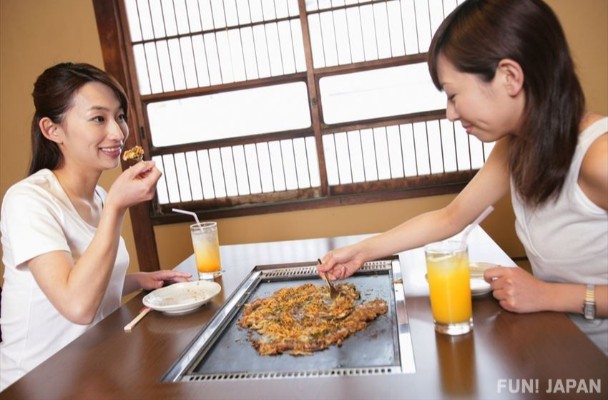





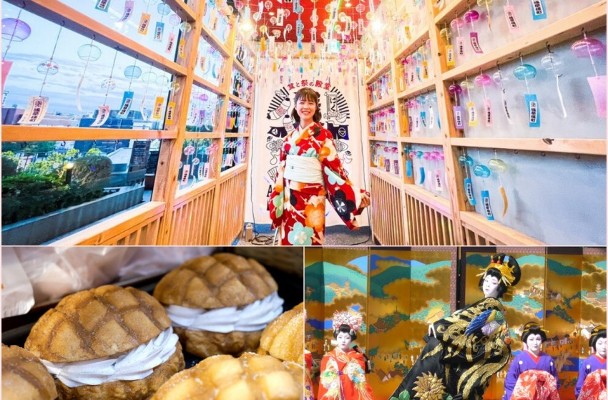

Comments